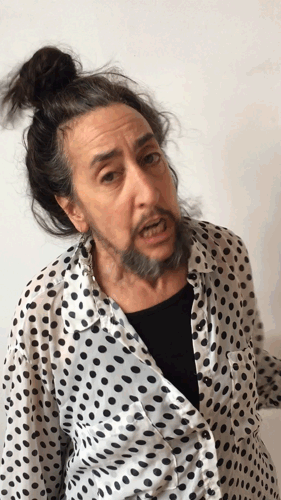The Acrobat-Body: The Other Body
Abstract
This article discusses the notion of the “acrobat-body” beginning with the question, "How, in the circus practices you engage with as scholars and/or as practitioners, are spaces, objects, and the body-as-object regulated, regulatory, and Othered?" The idea of the “acrobat-body,” which I began to develop during my doctoral research, emerges out of my performance practice. I arrived at the concept of the acrobat-body in my search for a type of performing body (corps scénique) that possesses its own modus operandi, and which would allow me to explore new expressive qualities. In my development of the idea of the acrobat-body, I use an interartistic methodology to bring together the languages of the circus, theatre, and dance. Three concepts are at the foundation of the acrobat-body: the acrobatic body, the expressive biomechanical principles of V. Meyerhold, and Michel Bernard’s idea of dancing corporeality. In its search for expression, the acrobat-body reveals itself to be an Other body.Published
2018-03-24
Issue
Section
Reading Circus Bodies and Signs (Section Editor: Michael Eigtved, University of Copenhagen)
License
Copyright for articles published in this journal is retained by the authors, with first publication rights granted to the journal. By virtue of their appearance in this open access journal, articles are free to use, with proper attribution, in educational and other non-commercial settings.
Manuscripts submitted to Performance Matters should be original works that have not been published elsewhere. Note that authors are responsible for obtaining permission to include copyrighted material in any article or review published in Performance Matters.

